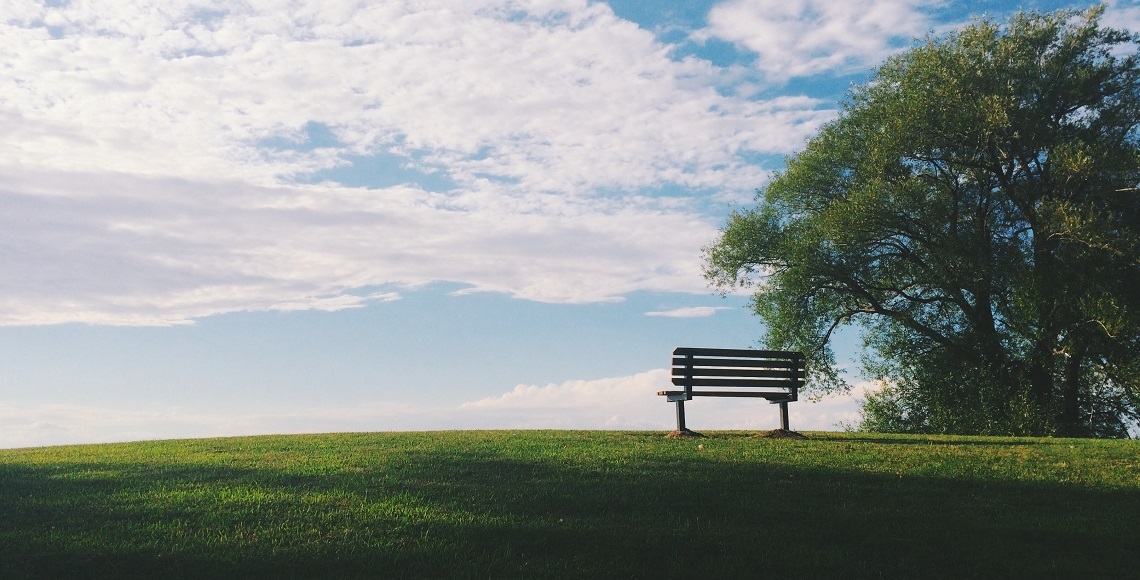Green funerals

There are various environmentally friendly options for funerals.
The NSW Cemeteries and Crematoria is the NSW Government body that oversees the interment industry. NSW Health's website details all regulations relating to the disposal of the deceased.
Natural burials
Natural burials allow the body to return to nature in a way that does not inhibit decomposition. The body is dressed in biodegradable clothing and prepared without chemical preservatives and disinfectants. The burial park has no headstones but a central commemorative feature records the names of those buried. Relatives know the exact location using GPS technology. Sydney’s first natural burial park at Kemps Creek opened in 2010. For more information on natural burials, do an online search for green burials or natural burials.
More information on natural burials:
Trailer for the movie A Will for the Woods – a green burial documentary.
Trailer for the movie Dying Green – a film about natural burial and land conservation.
Cremations and burials
There are more than 50,000 deaths a year in NSW with two-thirds opting for cremations and one-third for burials. Around 230 operators provide internment services in NSW.
Water cremation - aquamation
Aquamation employs a process of alkaline hydrolysis in which the body is placed in a stainless-steel vat containing a potassium hydroxide and water solution until what remains is only the skeleton. Aquamation accelerates the process that occurs in nature. Even the residual liquid can be recycled.
Advantages: It uses 10% of energy needed for cremation and there are no emissions. Pacemakers need not be removed beforehand and implants such as titanium hip implants can be reused as they remain intact and sterile. Items of jewellery, gold teeth, etc. can also be recovered. The funeral ceremony is exactly the same, loved ones view the coffin go behind a curtain. Bones remain as they do after a cremation, if requested, they can be returned to the family in the form of ashes.
Coffins, shrouds and urns
Coffins and caskets slow the process of decomposition. You can opt for biodegradable environmentally friendly coffins or shrouds instead. Some options are: natural/eco-friendly caskets such as those made of willow, wicker and hand-woven, biodegradable scattering tubes, earth, cornstarch and salt urns.
Burials at sea
In Australia burials at sea are regulated under the Environment Protection (Sea Dumping) Act 1981, which is administered by the Department of the Environment and Energy. People seeking to arrange a burial at sea will require a sea dumping permit. No permit is required to scatter ashes.
More details on burials at sea
Donating to science
You could donate your body to medical science, including your organs. This is a conscious decision you must make and arrange prior to your death. It is not something your family can opt to do after your death. Most universities teaching medical courses have body donation programs:
University of Sydney
University of New South Wales
University of Technology Sydney
Macquarie University
Australia’s first human body farm opened in the lower Blue Mountains and you can donate your body for the purpose of research of the decomposition of bodies after death. This research will help scientists as well as forensic scientists and anthropologists.
FAQs
What permissions do we need to scatter ashes?
It is important to get permission to scatter ashes from the owners of private land, the Crown Trust for parks and reserves and from local Councils for parks, beaches and playing fields.
More details on scattering ashes
Can you bury on private land?
Strict regulations control burial on private property. NSW Health guideline, the document Burials on private land, sets out the conditions on which approvals may be granted.
Embalming
Embalming is the process of replacing bodily fluids with chemical fluids and is not required by law except in some cases.
Embalming - What you should know
What happens to metals from joint replacements?
Many cemeteries send the metals like steel and titanium they collect from cremated bodies for recycling. Battery-powered medical aids such as pacemakers, for example, explode inside cremators and are required to be removed.
Can I request a memorial plaque in Ku-ring-gai’s parks and reserves?
A significant memorial space must be planned, designed and approved by Council before it can be installed. Where a small memorial item is proposed, plaques may be considered if attached to items of appropriate furniture. The plaque and furniture including installation will be funded by the applicant, through a donation for works. Not all parks and reserves are available for this service.
Memorial tree planting must be pre-approved and memorial plaques are not permitted for trees unless specially authorised by Council. Memorial items will be included in routine maintenance by Council.